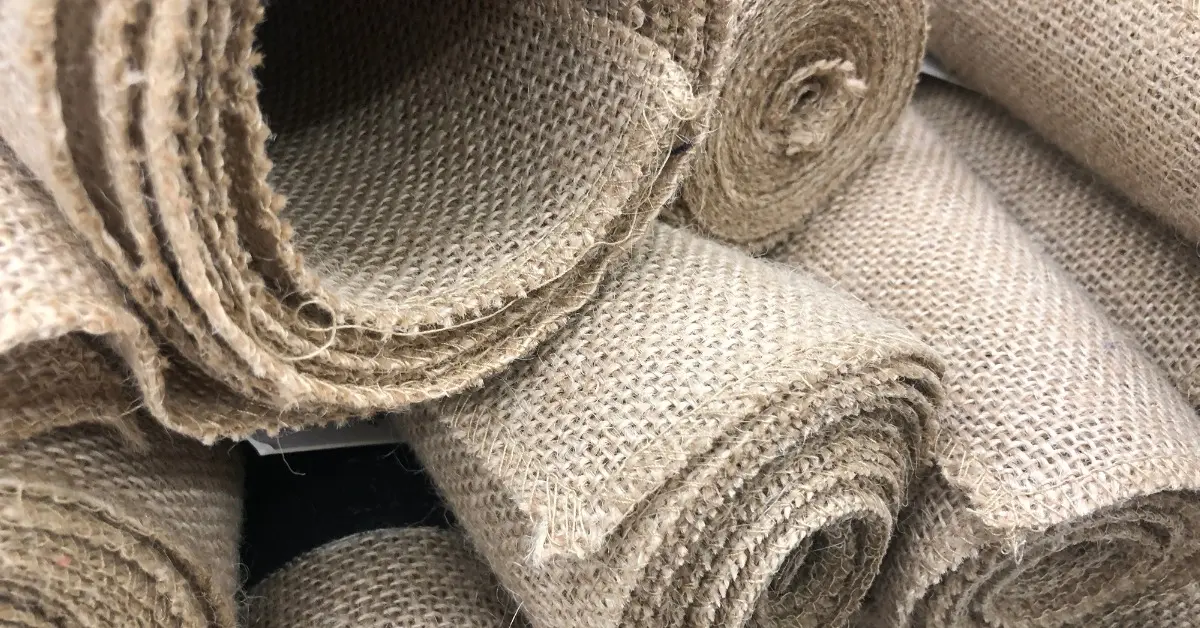Plant-Based and Eco Clothing Fibers Market Expected to Reach $148.38 Billion
The global clothing fibers market is undergoing a remarkable transformation fueled by the surge in sustainable fashion and consumer demand for ethical clothing practices. As the fashion industry becomes increasingly conscious of its environmental impact, the market for eco-friendly and sustainable clothing materials is experiencing significant growth. From organic cotton to recycled polyester, innovative fibers are reshaping the fashion landscape and paving the way for a greener future.

The global clothing fibers market is witnessing remarkable growth driven by the increasing demand for sustainable and ethical fashion practices. Valued at USD 73 billion in 2022, the market is projected to reach USD 148.38 billion by 2032, with a compound annual growth rate (CAGR) of 8.2%.
Factors propelling market growth include the changing lifestyles and increasing population, particularly in countries like India and China. Rising disposable incomes and growing fashion consciousness have led consumers to seek fashionable and comfortable clothing, driving the demand for garment fibers with exceptional qualities like softness, durability, and breathability.

The adoption of natural and eco-friendly clothing fibers is fueled by the global demand for sustainable fashion. Consumers are increasingly choosing eco-friendly clothing made from organic, recycled, or natural fabrics due to their awareness of the negative environmental impacts of fast fashion. Bamboo, hemp, organic cotton, and recycled polyester are among the preferred materials in this regard.
The fashion and apparel sector's rapid expansion, driven by social media and e-commerce platforms, has created a higher need for clothing fibers. Online apparel sales, in particular, have generated a demand for lightweight, comfortable, and easy-to-maintain textiles. Additionally, the preference for garment fibers with properties like moisture-wicking, quick-drying, and odor resistance has contributed to revenue growth in the market.
The healthcare sector also plays a significant role in driving demand for garment fibers, especially in medical textiles. Antimicrobial textile fibers, such as silver and copper, are being utilized in surgical gowns, bandages, and wound dressings to prevent the spread of bacteria and diseases.
Challenges and limitations exist, including the higher cost of natural and sustainable fibers, which limits their use in mass-produced clothing. However, the market still faces competition from less expensive synthetic fibers and fluctuating raw material costs.
Key data and statistics reveal that cotton is the most widely used fiber in clothing manufacturing, accounting for 43% of global consumption. Synthetic materials like nylon, polyester, and acrylic make up 35% of the market, while wool and other natural fibers account for the remaining 22%. China leads as the largest global producer of cotton, followed by India and the United States.

Government regulations also influence the clothing fibers market, with requirements for accurate disclosure of fiber content on clothing labels. Authorities are encouraging the production of eco-friendlier fabrics and fibers, and safety regulations for textile products have been established in regions like the European Union.
The growth of sustainable clothing materials reflects the industry's overall commitment to environmental stewardship and the increasing consumer demand for ethical fashion. Bamboo, hemp, organic cotton, and recycled polyester, are becoming the forefront of this movement, offering benefits like breathability, comfort, and moisture absorption. As the market continues to innovate and adopt sustainable fibers, it plays a crucial role in shaping a greener future for the fashion industry.

#EcoFashion #Sustainability #ClothingFibers #EthicalFashion #FashionRevolution #TextileIndustry #GreenFuture #EcoFriendly
.png)